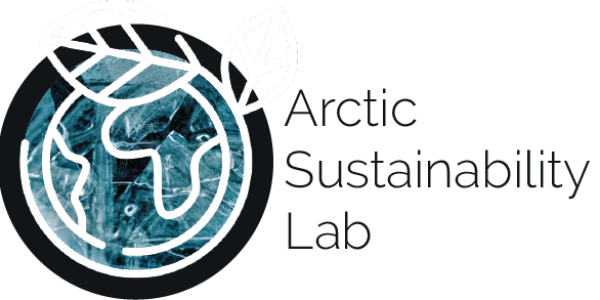GreenFeedBack wishes to enhance our understanding of key processes of the terrestrial biosphere – freshwater – ocean continuum in surface-atmosphere GHG exchange, the connection between them, and the impacts from human pressures.
The lab will be exploring the role of human footprints and pressures in mitigating risks, that today, has been poorly explored. Increased pressure on ecosystems deriving from human activities can potentially increase emissions threatening important climate regulating services. Thus, there is a need to understand how human pressure impact these services and hereby the GHG cycles.
Through a consideration of the great value climate regulating services encompass, GreenFeedBack emphasizes the importance of dialogue and collaboration between those developing, providing and using climate information in decision-making, businesses and daily life and hence co-design is a part of the research design in GreenFeedBack.
Stakeholder engagement can strengthen our knowledge and data on where and how human footprints have, is and will impact marine, terrestrial and freshwater system. Co-design can also facilitate a good and transparent communication of scientifically based information and products thereby enhancing users’ knowledge and understanding about the impacts of climate on their decisions and actions.
We believe that climate services need to be provided to users in a seamless manner and, most of all, respond to user requirements. Co-design can be highly useful for reaching these requirements and to enable the dialogue and collaboration between multiple actors and scientists to generate credible, salient and legitimate knowledge and solutions for climate mitigation. To serve this purpose, we will develop a traffic light toolkit to communicate the mitigation of the threats to climate regulating services.
Sounds complicated?
We must admit that this project will be a new and fantastic addition to our portfolio -now working with atmospheric and GHG scientists! Together we will in a unique manner enhance the present knowledge of the dynamics and fluxes of CO2, CH4 and N2O in the ecosystems, which have the largest impact and feedback on the climate system, by analyzing large data sets of GHG fluxes and concentrations, and the variables driving the physical, chemical and biological processes controlling the GHG cycle.

